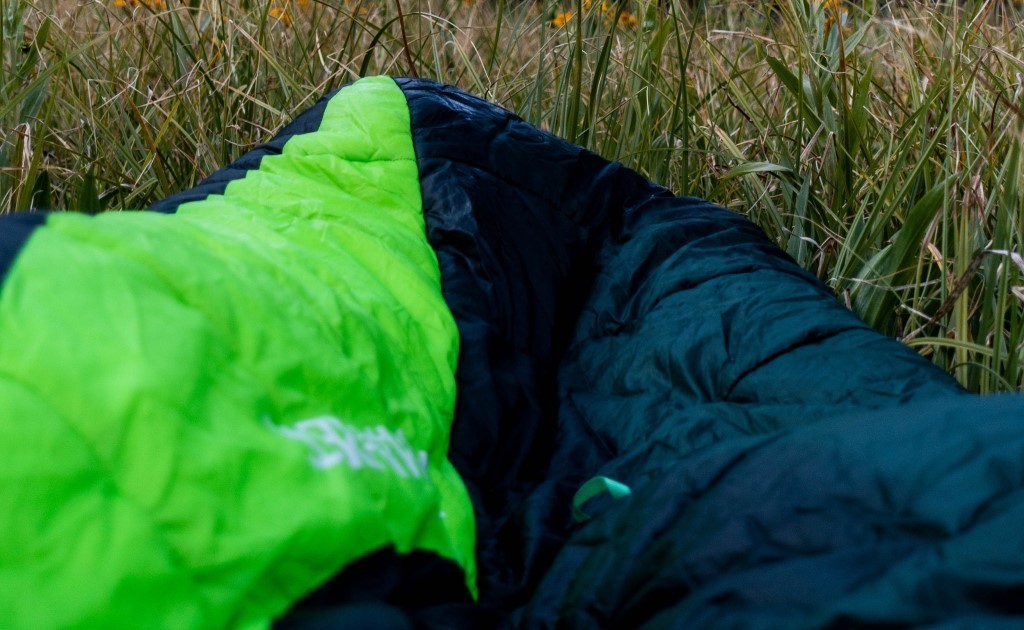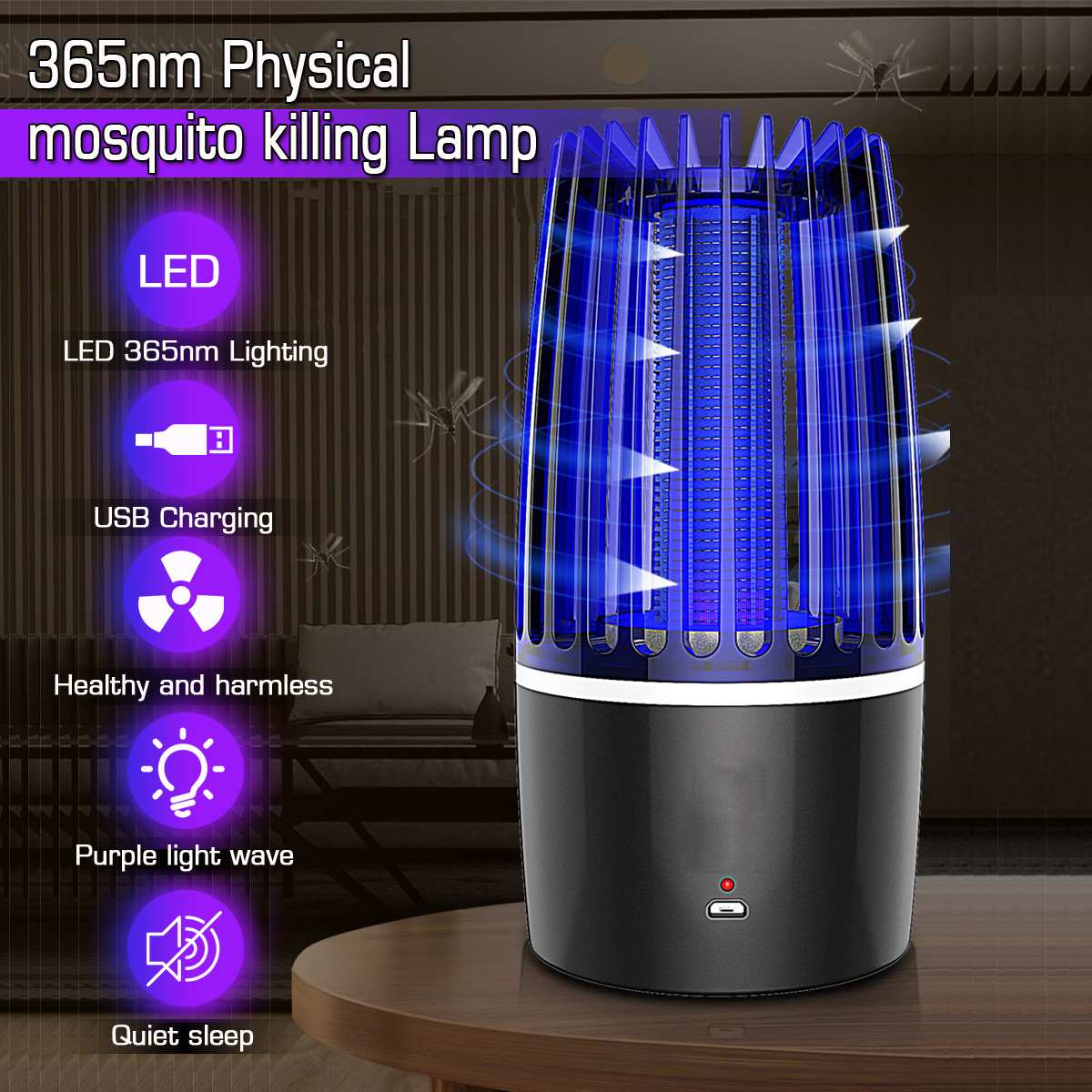This post contains affiliate links and as an Amazon Associate, Alpha and Omega Outdoors may earn from qualifying purchases.
Few fishing experiences provide a greater thrill than watching a chunky striped bass smack a fly on the water’s surface. When baitfish are boiling on top and stripers go into a feeding frenzy, there’s just nothing like it. Fly fishing for striped bass is one of the best ways to target these fish, but for a variety of reasons, relatively few anglers target striped bass using fly fishing techniques. That’s a shame, because few lures will tempt a hungry striper better than an oversized streamer fly.
For anyone interested in catching striped bass on the fly, this guide is for you. Here’s what you need to know about fly fishing tackle and techniques for striped bass.
Table of Contents
- Best Flies for Striped Bass Fishing
- Striped Bass Fishing Gear and Tackle
- Striped Bass Fly Fishing Tactics
- Successful Striped Bass Fly Fishing
- Frequently Asked Questions About Fly Fishing For Stripped Bass
Best Flies for Striped Bass Fishing
Let’s start with the basics. What are the best flies for striped bass? If you’ve ever fished for stripers, then you probably already know that most of the flies you have in your trout box aren’t going to cut it. Striper flies need to be bigger and more aggressive to target these hard-hitting game fish.
Lefty’s Deceiver
A true classic among striper flies, Lefty’s Deceiver is a streamer pattern with a clean, simple design that beautifully imitates bunker and other baitfish that stripers love to chomp on. Deceivers come in a wide range of sizes, some up to 10 inches long, to weed out the big fish from the little “schoolies.” Haggerty’s Lures Lefty’s Deceiver Flies come in an affordable two-pack
Banger Popper
Originally developed by Bob Popovic, banger poppers (or “Bob’s Bangers” as they’re often called) are some of the most fun and exciting striper flies. These foam poppers create a lot of commotion on the surface, and often entice explosive strikes when stripers are feeding on top. Umpqua makes a version of this pattern called the Popovics Banger Popper that works like a charm.
Clouser Minnow
The Clouser Minnow is another tried-and-true classic striper fly. It was designed in the ‘80s by legendary fly designer Bob Cluser to specifically target striped bass in the Chesapeake Bay. It’s a streamer with a realistic minnow profile and some extra weight to help catch fish when they’re a little deeper. It’s a simple design that’s become one of the most widely used minnow-imitating flies in the world. White and chartreuse is the classic color combo.
Sand Eel
Sand eel flies aren’t a specific fly pattern, but instead a family of flies that are all designed to mimic one of stripers’ favorite meals in shallow water. Stripers often gorge themselves on these 6-inch baitfish in fall all along the Eastern Seaboard, and flies like the BestCity Sand Eel and the Popovics’ Pop Flye Sand Eel from the Montana Fly Company are great options.
Game Changer
The Game Changer lives up to its name. Able to imitate baitfish from herring to bunker depending on the size and color of the fly, Game Changers have been called the most realistic minnow flies ever invented. Umpqua Chocklett’s Game Changer is a great take on this effective fly pattern.
Sand Shrimp
Sand shrimp inhabit shallow bays, backwaters and lagoons just about everywhere, and they’re food for just about every major game fish, stripers included. Flies that imitate them, like the YZD Realistic Shrimp, may not catch the biggest stripers out there, but they can save the day when trophy fish are nowhere to be found but schoolies are active in the shallows.
Striped Bass Fishing Gear and Tackle
Striped bass are hard fighters that can sometimes reach sizes up to 50 pounds. Fish like that put some particular demands on your gear and tackle, which is why choosing the right rods, reels, lines and leaders is just as important as your fly selection.
Fly Rods and Reels for Stripers
Choosing the right weight fly rod for striped bass is a tricky business. As you can imagine, catching schoolies—those 15 to 30 inch stripers that often school together in great abundance—requires a different approach than fishing for solitary giants. When it comes to rods and reels, there’s no “one size fits all” option.
That being said, a 9-foot 9-weight fly rod is probably the most versatile all-around fly rod for striped bass. This size rod can handle floating line for shallow stripers or sinking line for deeper fish. And while you might find yourself a bit out-gunned if a truly massive fish takes the fly, at least you won’t be completely out of your depth.
Anglers who specifically target bigger stripers in deeper water tend to favor a heavier 10 or 11-weight rod (some even go as high as 12-weight). If you’re only out for smaller stripers in shallower water and want to get the best fight out of every fish, you could scale down to a 7 or 8-weight fly rod.
The 9’0” 9wt Temple Fork Outfitters TFO Axiom II-X Fly Rod is a great all-around choice that won’t break the bank. If you’re looking for something more high-end, consider the Winston Alpha+ 990-4 Fly Rod in the 9’0” 9wt size.
If you’re in the market for a complete fly outfit for striped bass fishing, which includes the rod, reel, line and leader, the Wild Water Fly Fishing is an excellent entry-level striper outfit if you’d prefer to get something more budget-friendly.
Fly Lines and Leaders
When it comes to fly lines for striped bass, it’s always best to have a couple of options to meet various conditions. For tossing shallow flies and poppers when stripers are blitzing baitfish on the surface, a good floating line like Rio InTouch Striper Fly Line is great. But for getting a fly down deep, you’ll need a sinking line like AIRFLO Ridge Striper Fly Line.
An intermediate line like Scientific Anglers Sonar Titan Full Intermediate Fly Line is just slightly denser than water, allowing it to sink very slowly. That makes it an excellent compromise that works in a wide range of situations. Intermediate lines are also well-suited to surf fishing.
If you’re fishing for stripers in cold conditions (as is often the case in Atlantic waters) be sure to choose a cold water fly line, which is designed to resist stiffening in chilly water. Regardless of the line you choose, make sure it’s well matched to the weight of your rod and reel.
As for leaders, it’s best to keep it simple. A 7’ to 8’ tapered leader between 16 lb and 20lb is usually ideal for striper fishing in most conditions. The fewer knots you have, the less chance there is of breaking your line.
Striped Bass Fly Fishing Tactics
At various times of year and at different points in their life cycle, striped bass inhabit open waters and near-shore reefs; they feed fathoms deep or blitz baitfish on the surface. They’ve been stocked in landlocked reservoirs, and at times make spawning runs from the ocean into shallow rivers and creeks.
All this is to say that tactics for fly fishing stripers are as varied as the behaviors they exhibit and the habitats in which they live. At the bare minimum, it’s best to hit the water prepared for two basic scenarios: fly fishing for stripers in shallow water, and fly fishing for stripers in deep water.
Stripers in Shallow Water
Striped bass are easiest to catch in shallow water. Stripers love current, and are drawn to shallow rocks piles, ledges, reefs, rocky shorelines and other structures where breaks in the current provide prime hunting grounds. Even sandy flats where current is present—including tidal movement of the water—can be great places to catch stripers.
One of the best scenarios a fly fisherman can encounter is when stripers are “blitzing” baitfish on the surface. You’ll often see the telltale splashes of feeding stripers and see seabirds in the area when this occurs. It’s a feeding frenzy, and stripers in this situation often strike without thinking.
To fish in shallow water (or close to the surface in deeper water) floating line is best, and topwater flies like foam poppers and light streamers are ideal. If stripers are feeding actively, the best tactic is often to create as much commotion as possible with your fly. Try to create an aggressive retrieve by stripping the line quickly and erratically.
Stripers often hold tight to cover in shallow water. Try to cast your fly as close as possible to rocks and other visible cover. The best shallow fishing tends to be when there’s a bit of wind and a light chop on the water, which makes stripers less able to see the details of your presentation, and more likely to strike a fly with abandon.
Stripers in Deep Water
Fishing for stripers in deep water presents a couple of challenges to anglers. First, there’s the challenge of getting your fly down to the appropriate depth. Then there’s the fact that stripers in deep water are often better able to take a long, hard look at your fly before deciding to strike.
That being said, it is possible to catch stripers as deep as 30 feet below the surface by using a fast-sinking fly line. Getting your fly down quickly and making long casts are equally important, and a heavy line with a shooting head is ideal for both.
It’s best to be able to cast 80 feet or more so that your fly can sink to a good depth without it ending up directly underneath you. Cast as far as possible with a heavy fly on sinking line, and use a countdown method—this may take some trial and error—to let your fly sink down to a depth where you’ve marked fish or identified fishy-looking structure on your depth finder.
If you’re fishing from a boat and there’s at least a little bit of wind, there’s another way to get your fly out far and down deep. Start by making a solid cast upwind. Then allow more and more line to dump off your reel as the wind causes your boat to drift away from the fly. This is known as stack mending. Once you’ve reached the desired depth, tighten the line and begin your retrieve.
When you retrieve your fly, try various techniques until you start to get bites. Sometimes a subtle twitch works well in deep water; other times a strip-pause-strip-pause retrieve works best, with either short or long strips and pauses.
Successful Striped Bass Fly Fishing
A willingness to experiment and allow the fish to dictate your approach is the best way to find success in striper fishing. Learn to recognize the signs that fish are present and pick up on patterns. Stripers may behave differently at different times and places. However, many of the tactics used to catch them can be applied to a wide range of scenarios.
Whether you’re fishing in shallow or deep water, it’s important to maintain contact with your fly as much as possible to avoid slack line. When stripers strike, they often do so quickly and without hesitation. So, you’ll need to be able to move with equal swiftness to set the hook quickly.
Frequently Asked Questions About Fly Fishing For Stripped Bass
Can you fly fish for striped bass?
Yes, it is possible to fly fish for striped bass. In order to do so, you need to be aware of the different techniques that are effective in both shallow and deep water. You also need to be able to cast your fly a long way. As with any type of fishing, it’s important to be willing to experiment. Keep trying until you find the approach that works best for you. Stripers can be fickle fish, but when you do manage to hook one, it’s a real thrill. So get out there and give it a try! You may be surprised at how much fun fly fishing for striped bass can be.
Can you catch striped bass on a fly rod?
Yes, it is definitely possible to fly fish for striped bass. In fact, fly fishing for stripers can be quite a bit of fun and can be very productive. There are a few things you need to keep in mind to be successful when fly fishing for these fish.
- The first thing you need to do is find where the stripers are holding. In shallow water, they will often hold near cover such as rocks or fallen trees. In deep water, they may be suspended near the surface or holding near bottom structure. Once you’ve found where the fish are, you’ll need to use a fly that imitates the type of bait they are feeding on.
- Next, you’ll need to use a fly line and fly that are appropriate for the depth you are fishing. A fast-sinking fly line is ideal for deep water, while a floating line can be used in shallow water. You’ll also need to use a heavy fly if you’re fishing deep water. This will help to get your fly down to the fish quickly.
- Once you have your fly line and flies set up, it’s time to start casting. Cast your fly as far as possible and allow it to sink to the desired depth before starting the retrieve. There are a number of techniques you can use to retrieve your fly. In addition, you’ll need to experiment until you find what works best in the particular situation you are fishing. Stripers can be very aggressive when they strike, so be prepared to set the hook quickly.
So, Can you fly fish for striped bass? The answer is a resounding “Yes!”
How do you catch a striped bass in fly fishing?
The best way to catch a striped bass in fly fishing is by using a fast-sinking fly line and casting as far as possible. You can also try using a heavy line with a shooting head to get your fly down quickly. When retrieving your fly, try various techniques until you start to get bites. Stripers often strike without thinking. Therfore, it’s important to be able to move with equal swiftness to set the hook quickly.
Featured Image from WikiMedia Commons


















